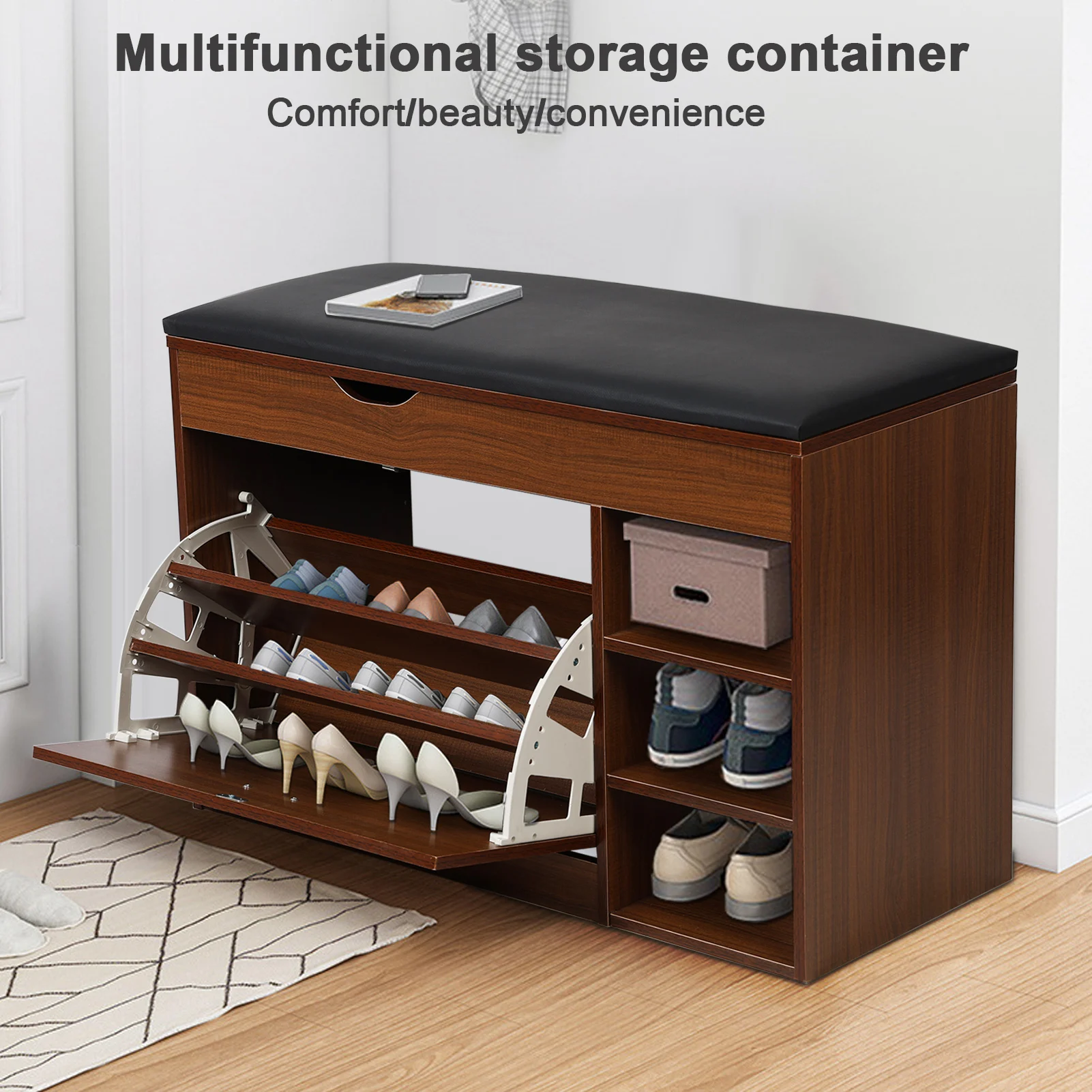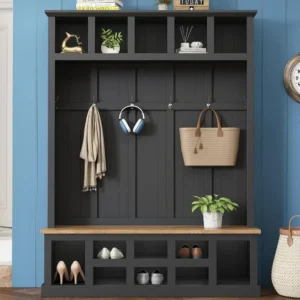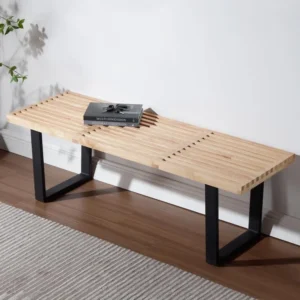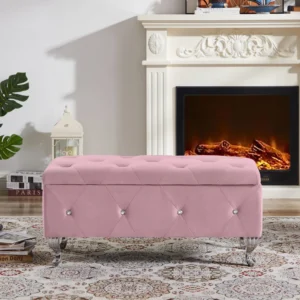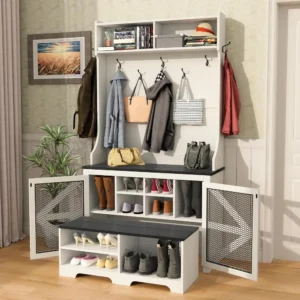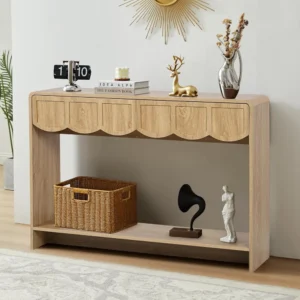The Challenge of Small Entryways: Maximizing Limited Space
Walking into a small foyer every day can feel like navigating an obstacle course. With limited square footage (typically just 6×6 feet or less), these compact entryways quickly become cluttered catchalls for shoes, coats, bags, and everyday items. Despite their small size, entryways serve as the first impression of your home and handle significant daily traffic.
The challenges of small foyers are numerous:
- Limited floor space restricts traditional furniture options
- Lack of dedicated storage leads to visible clutter
- Multiple daily functions compete for the same space
- Seasonal items (like winter gear) create overflow situations
- First impressions suffer when organization falters
The solution lies in embracing multi-functional furniture solutions that work twice as hard in half the space. By selecting pieces that serve dual or even triple purposes, you can transform your cramped entrance into an organized, welcoming space that sets the tone for your entire home.
Throughout this guide, we’ll explore clever small entryway furniture solutions that maximize every square inch while enhancing your home’s functionality and style. From ingenious storage systems to smart seating solutions, these multi-purpose pieces will forever change how you view your small foyer’s potential.
Benefits of Multi-Use Furniture in Compact Entryways
The genius of multi-functional furniture becomes immediately apparent in small spaces. When your foyer has limited square footage, every inch must work harder, and that’s exactly what these versatile pieces deliver.
Space optimization stands as the most obvious advantage – a single piece that serves multiple functions eliminates the need for several pieces crowding your entryway. For example, a storage bench that provides both seating and hidden compartments effectively does the work of two furniture pieces while occupying the footprint of just one.
The financial benefits are equally compelling. Investing in dual-purpose entryway seating means spending once for multiple solutions rather than purchasing separate pieces for each function. This cost efficiency extends to long-term value as well-designed multi-functional furniture often outlasts cheaper single-purpose alternatives.
Organization improvements happen naturally with these specialized pieces. Instead of scattered storage solutions creating visual chaos, integrated systems keep essentials contained yet accessible. This structured approach dramatically reduces the “dropped items” effect that plagues many entryways.
Perhaps most surprisingly, these practical pieces enhance design cohesion. Rather than mixing multiple furniture styles, a thoughtfully selected multi-use piece creates intentional design flow. This unified approach makes small foyers appear more spacious and deliberately designed rather than merely functional.
Finally, these adaptable pieces flex with your changing needs, accommodating seasonal shifts in storage requirements or evolving household dynamics without requiring replacement.
Essential Multi-Functional Pieces for Small Foyers
Storage Benches: Seating and Organization Combined
The storage bench represents perhaps the perfect dual-purpose foyer solution, offering comfortable seating for removing shoes while concealing storage space beneath. These versatile pieces make ideal first additions to any small entryway.
Available in several configurations, each with distinct advantages:
- Lift-top designs provide unobstructed access to larger items
- Cubby-style options offer visible, segmented organization
- Drawer-style benches keep items dust-free and neatly contained
For small foyers, look for benches between 30-48 inches (76-122 cm) wide, which provide ample seating without overwhelming the space. Materials matter significantly in these high-traffic areas – hardwood frames offer lasting durability, while washable cushions make maintenance simple.
Storage capacity proves surprisingly generous, with most models accommodating 6-8 pairs of shoes, winter accessories, or pet supplies. When selecting a bench, prioritize sturdy construction with reinforced hinges and lids designed for frequent opening and closing.
The versatility of entryway bench storage makes these pieces particularly valuable. Beyond daily use for shoes and bags, they adapt seasonally to hold winter gear in colder months or summer essentials when temperatures rise. Position your bench against a wall with hooks above to create a mini mudroom effect, maximizing vertical and horizontal space simultaneously.
Slim Console Tables with Hidden Features
When floor space is at a premium, slim console tables deliver remarkable functionality without demanding much square footage. These narrow workhorses provide a dedicated surface for essentials while hiding additional storage within their sleek profiles.
For small foyers, look for consoles with depths of just 10-12 inches (25-30 cm), allowing them to hug walls without impeding traffic flow. The best options include:
- Drawer configurations for organizing small items like keys and mail
- Lower shelves for shoes or decorative baskets
- Fold-down extensions that create temporary larger surfaces when needed
- Built-in charging stations for electronics
Strategic placement turns these pieces into command centers for daily life. Position them near your entrance for a designated “drop zone” where items like wallets, phones, and mail have permanent homes. Look for designs with integrated organizational features like key hooks, mail slots, or dedicated phone stations to enhance functionality.
The beauty of narrow entryway furniture lies in its ability to blend visual appeal with practical solutions. The slim profile preserves precious floor space while providing essential surface area. When selecting a console, consider not only width and depth but also how the piece might support your specific daily routines.
Wall-Mounted Solutions: Vertical Space Utilization
When floor space disappears, the answer lies in looking up. Wall-mounted furniture transforms unused vertical space into functional zones without consuming precious floor area. These clever solutions work particularly well in extremely narrow passages where traditional furniture creates bottlenecks.
Effective wall-mounted options include:
- Floating shelves with integrated hooks for coats and bags
- Fold-down desks or tables that disappear when not needed
- Wall-mounted cabinets with hidden storage
- Hanging organizers with designated pockets for mail and essentials
The installation considerations depend on your wall type. Drywall installations require finding studs or using appropriate anchors rated for the expected weight. Masonry walls may need special drilling equipment and anchors. Always check weight ratings before loading shelves with heavy items.
For maximum impact, combine multiple wall elements into a comprehensive system. A mail organizer mounted above a fold-down surface creates an efficient bill-paying station, while decorative hooks beneath floating shelves create a complete entry organization zone.
Smart storage-seating combinations can be achieved even in tight spaces by mounting a narrow shelf at bench height with baskets underneath for shoes, creating a seating area that doesn’t require floor-based furniture.
Multi-Purpose Hall Trees and Entryway Systems
For those seeking the most comprehensive single-piece solution, hall trees and complete entryway systems deliver unmatched functionality. These all-in-one units typically combine seating, shoe storage, coat hooks, and sometimes mirrors or additional shelving in one cohesive piece.
In small spaces, look for hall trees under 36 inches (91 cm) wide with:
- Bench seating with integrated shoe storage
- Multiple hooks at varying heights
- Upper shelf or cabinet storage for seasonal items
- Slim profiles that hug walls closely
What makes these pieces particularly valuable is their ability to replace multiple standalone items (coat rack, bench, shoe rack, mirror) with one organized system. This consolidation reduces visual clutter dramatically while actually increasing functional capacity.
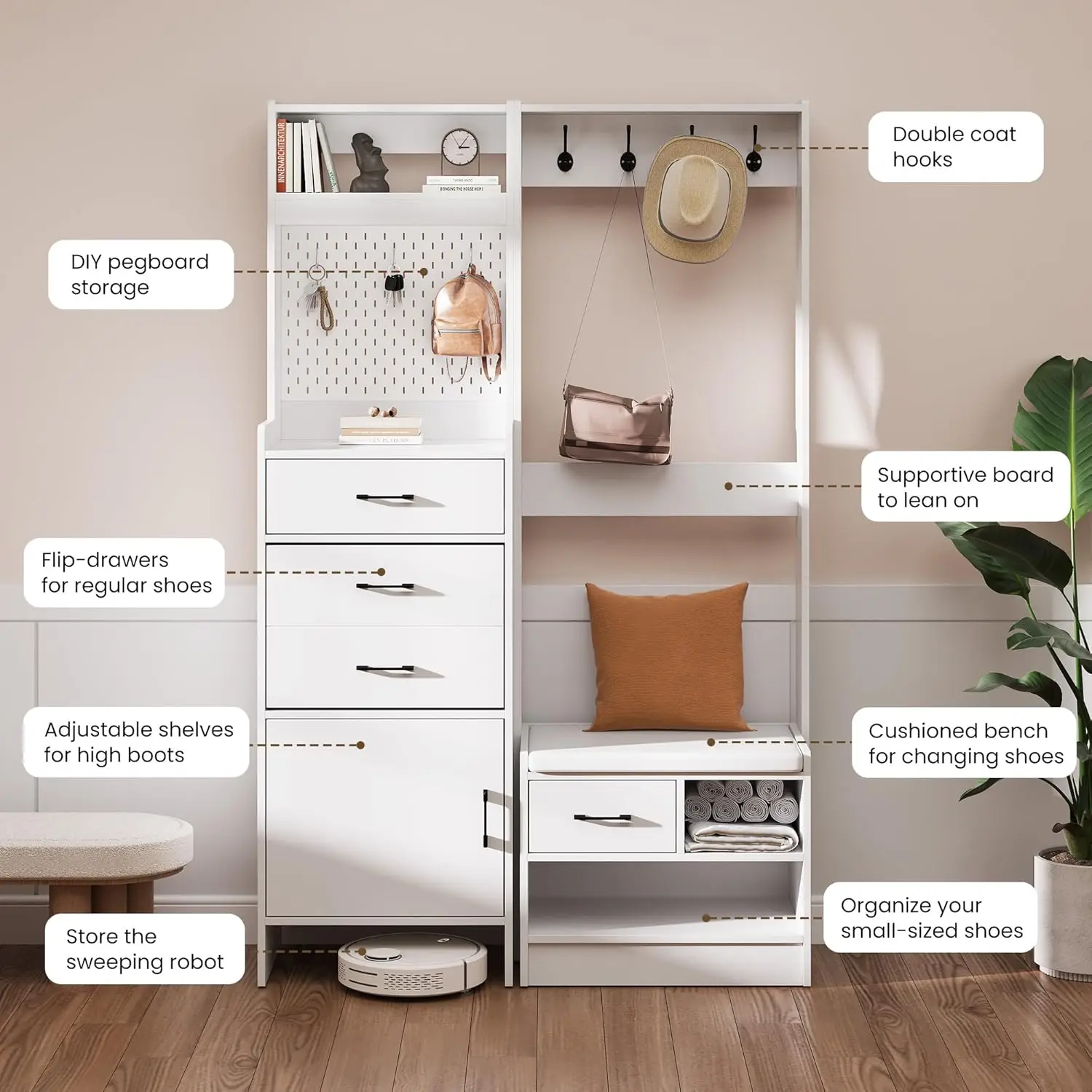
Placement requires careful consideration of door swing clearances and traffic patterns. Ideally, position entryway hall trees on walls adjacent to the main entrance rather than directly opposite doors to maintain clear pathways. This strategic placement creates a natural landing zone without impeding movement.
For households with multiple users, look for systems with personalized storage – designated hooks for each family member and divided shoe storage to minimize morning confusion.
Clever Ottomans and Stools with Hidden Storage
When maximum flexibility meets minimum space requirements, storage ottomans and stools shine. These chameleon-like pieces might be the most adaptable solution for truly tiny foyers, serving triple duty as seating, storage, and occasionally tables.
The advantages of these compact wonders include:
- Complete mobility – easily move them as needs change
- Nesting or stacking capabilities for further space savings
- Hidden storage compartments for items needed near the door
- Versatile use throughout the home when not needed in the entryway
Look for durable exteriors like leather, vinyl, or performance fabrics that withstand daily use and clean easily. Weight capacity matters significantly – choose pieces rated for adult seating rather than decorative options.
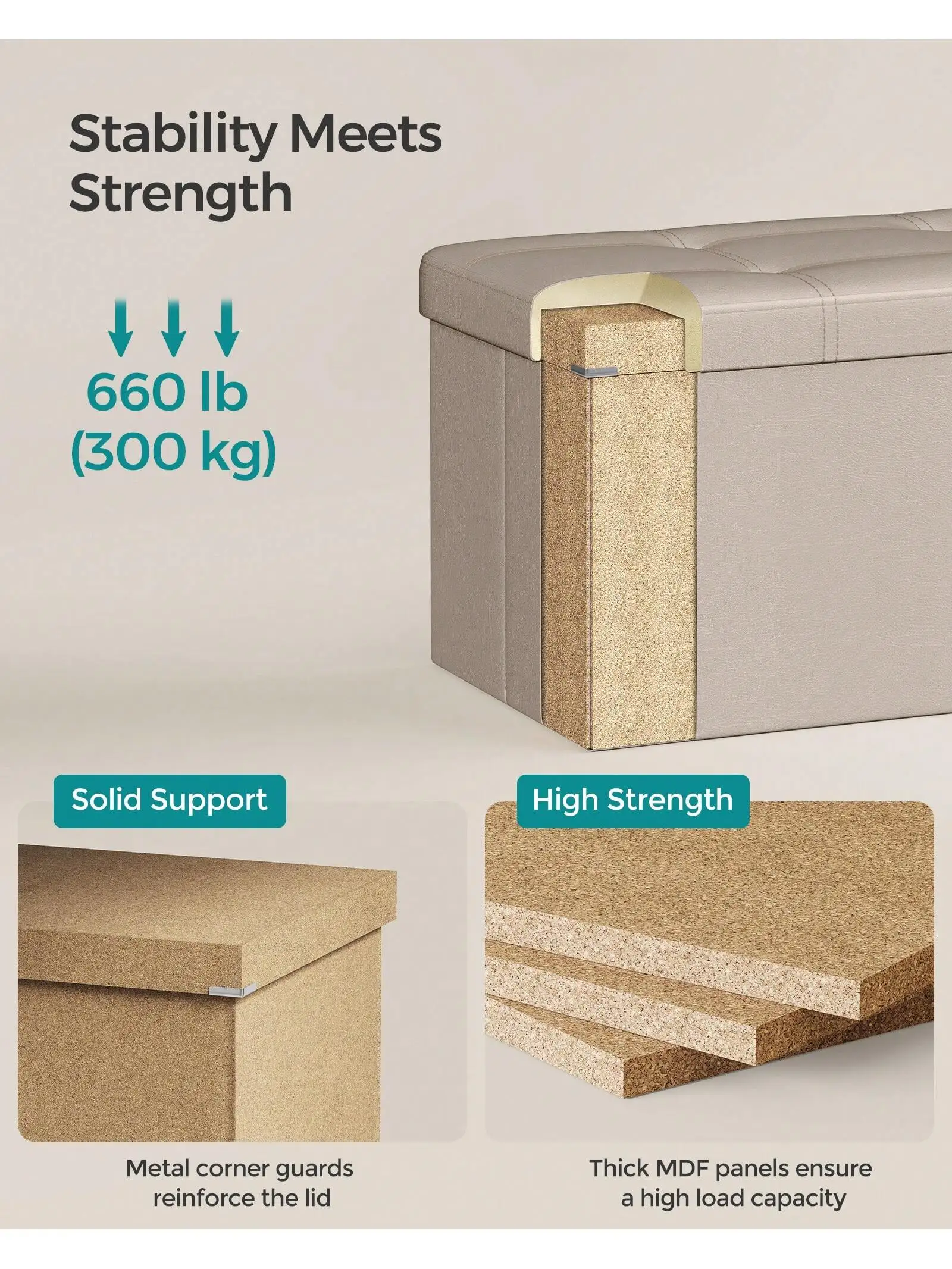
Storage capacity varies widely, but most accommodate essentials like scarves, gloves, dog leashes, or kids’ outdoor gear. Some feature divided interiors for better organization. The beauty of these pieces lies in their adaptability – they can serve as extra seating in the living room during parties or as a footrest on quiet evenings.
For maximum utility, consider stylish benches with hidden storage that complement your existing decor while providing convenient access to frequently used items.
Smart Selection Strategies for Small Foyer Furniture
Measuring and Space Planning Essentials
Before falling in love with any furniture piece, proper measurement is essential. Skipping this critical step leads to the most common small-space furniture mistakes – pieces that block pathways, hit doors, or overwhelm the area.
Start by gathering these essential measurements:
- Total width and depth of your available foyer space
- Door clearance requirements (including full swing arc)
- Wall spaces uninterrupted by doors, windows, or vents
- Ceiling height for tall furniture considerations
- Width of the main pathway through the space (minimum 36 inches/91 cm needed)
Create a simple floor plan on paper showing these dimensions. Mark door swing patterns with dotted arcs to visualize clearance needs. This visualization prevents purchasing pieces that look perfect online but create real-world traffic jams.
Common measurement mistakes include forgetting to account for baseboard depth (typically adds 0.5-0.75 inches/1.3-1.9 cm from wall), ignoring light switch placement, and failing to consider how doors will open past new furniture.
For extremely challenging spaces, functional furniture for narrow hallways might provide specialized solutions designed for tight constraints. Remember that furniture depth often matters more than width in maintaining clear pathways.
Material Selection for Durability and Style
Entryway furniture endures unique challenges – constant use, potential moisture from outdoor elements, and the impacts of daily comings and goings. Material selection significantly impacts both longevity and maintenance requirements.
| Material | Durability | Maintenance | Best For | Considerations |
|---|---|---|---|---|
| Solid Wood | Excellent | Moderate | Long-term investment pieces | May show scratches; needs occasional refinishing |
| Engineered Wood | Good | Easy | Budget-conscious buyers | Look for quality construction; avoid exposure to moisture |
| Metal | Excellent | Easy | Industrial or modern styles | Check for powder-coating to prevent rust; can dent |
| Rattan/Wicker | Moderate | Moderate | Casual, coastal styles | Not ideal for heavy daily use; may unravel over time |
| Upholstered | Varies | Moderate to High | Comfort priority | Choose performance fabrics; spot-clean capability essential |
For entryways that face frequent weather exposure, moisture-resistant materials become essential. Wood entryway benches made from naturally water-resistant species like teak or acacia offer better performance in these conditions, though proper sealing is still important.
Beyond durability, consider how materials complement your existing decor. The entryway sets the tone for your entire home, so choose finishes that flow naturally into adjacent spaces. Mixed-material pieces (like wood frames with metal accents) often provide versatility that works with various design styles.
Storage Features That Maximize Efficiency
Not all storage is created equal. The most effective small-space solutions incorporate thoughtful organization systems that align with specific entryway needs.
When evaluating storage features, consider:
- Open vs. closed storage: Open storage offers grab-and-go convenience but requires neat maintenance; closed storage hides visual clutter but adds an extra step to access
- Compartmentalization options: Divided spaces prevent smaller items from becoming lost
- Adjustability: Systems that can be reconfigured seasonally maximize year-round usefulness
- Specialized storage: Features designed specifically for common entryway items (shoe racks, umbrella stands, mail slots)
Multi-functional entry seating becomes exponentially more valuable when its storage capabilities match your household’s specific patterns. Families with children benefit from individual cubbies for each family member, while pet owners might prioritize dedicated space for leashes and toys.
Consider not just current storage needs but how they might evolve. Flexible systems accommodate changing household dynamics and seasonal requirements without requiring replacement.
Design Strategies to Enhance Your Small Foyer
Vertical Design Elements: Creating Height and Space
Small foyers benefit tremendously from design strategies that draw the eye upward, creating a sense of spaciousness despite limited square footage. Vertical thinking transforms confined spaces into airy, welcoming entrances.
Implement these vertical design principles:
- Choose tall, narrow furniture pieces that extend upward rather than outward
- Install wall treatments (like vertical shiplap or wallpaper with vertical patterns) that pull the gaze up
- Place artwork or mirrors higher than eye level to create visual lift
- Utilize lighting that casts both upward and downward illumination
- Consider ceiling treatments that add interest to this often-overlooked surface
Even your furniture arrangement can emphasize height. A tall, narrow cabinet paired with a wall-mounted hook system creates vertical continuity that makes the ceiling appear higher. Similarly, open shelving that extends toward the ceiling expands the perceived volume of the space.
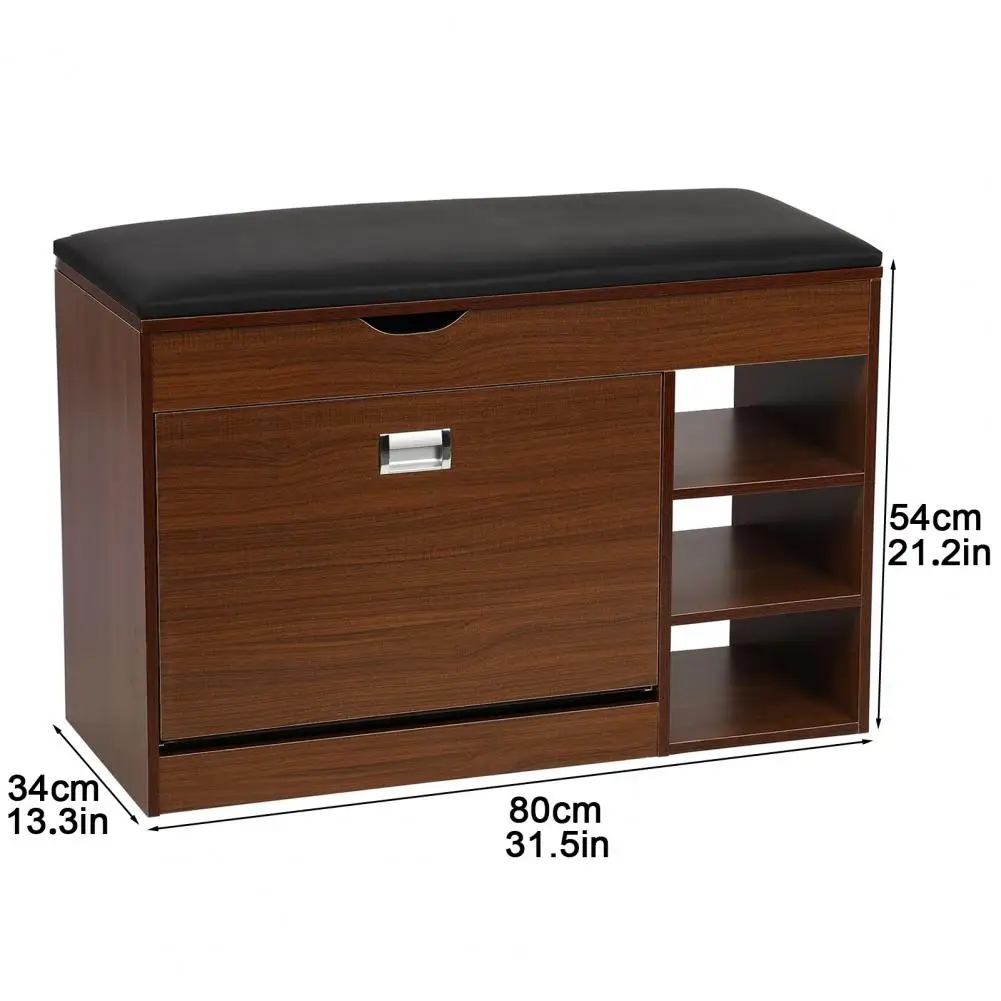
While embracing height, avoid elements that create visual heaviness or horizontal barriers. Furniture with visible legs creates airier impressions than pieces that sit flush with the floor, as the visible floor space beneath contributes to a sense of openness.
Strategic Mirror Placement for Visual Expansion
Perhaps no design element works harder in small spaces than well-placed mirrors. These functional art pieces double apparent square footage while enhancing lighting and providing practical utility.
For maximum impact:
- Position mirrors to reflect natural light sources, multiplying brightness
- Place mirrors opposite your most attractive view to “borrow” visual interest
- Size mirrors proportionally – larger mirrors create more dramatic expansion effects
- Consider shapes carefully – vertical rectangular or oval mirrors emphasize height
- Look for mirrors with additional functionality (hooks, shelves, jewelry storage)
The transformative power of mirrors works through simple physics – by reflecting the opposite side of the room, they trick the eye into perceiving double the actual space. This effect works particularly well when the mirror reflects another room beyond the foyer, suggesting greater depth.
For enhanced functionality, explore small modern entryway styling tips that incorporate mirrors into complete design schemes. Consider mirrors with built-in storage, hooks, or shelving to maximize functionality while maintaining sleek appearances.
Real-World Transformations: Small Foyer Success Stories
Solution Gallery: Before and After Transformations
Nothing demonstrates the potential of multi-functional furniture better than real-world examples. These transformations showcase how strategic furniture choices solved specific small-foyer challenges:
Challenge: Extremely Narrow Entry Passage (32 inches/81 cm wide)
Before: Cluttered floor with shoes and bags creating tripping hazards
After: Wall-mounted fold-down desk with integrated key hooks and shoe storage below, creating a complete entryway system that disappears when not needed
Challenge: Small Square Foyer with Three Doorways
Before: Awkward unused corner with items piled on the floor
After: Corner-designed hall tree maximizing traditionally difficult space while providing hooks, seating, and shoe storage
Challenge: Open-Concept Entry Visible from Living Areas
Before: Disorganized entry visible from entertaining spaces
After: Stylish storage bench with decorative baskets for shoes, creating a defined entry zone that complements adjacent rooms
Challenge: Multi-User Family Entry with Limited Space
Before: Morning congestion with shared inadequate storage
After: Custom-configured wall system with designated zones for each family member, complete with personalized hooks and cubbies
Bench with Hooks and Storage, Entryway Hall Tree, Mudroom Bench with Cubbies, Mudroom Bench with Shoe Storage
$818.38 Select options This product has multiple variants. The options may be chosen on the product pageModern Entryway Bench, Wood Entryway Bench, Wood Mudroom Bench
$497.69 Select options This product has multiple variants. The options may be chosen on the product pageEntryway Coat Rack Bench, Entryway Hall Tree, Farmhouse Mudroom Bench, Mudroom Bench with Shoe Storage
$805.09 Select options This product has multiple variants. The options may be chosen on the product pageEntryway Bench with Cushion, Small Entryway Bench
$466.79 Select options This product has multiple variants. The options may be chosen on the product pageBench with Hooks and Storage, Entryway Coat Rack Bench, Entryway Hall Tree, Mudroom Bench with Shoe Storage, Mudroom Coat Rack Bench
$793.73 Select options This product has multiple variants. The options may be chosen on the product page- Price range: $785.40 through $897.63 Select options This product has multiple variants. The options may be chosen on the product page
These successful transformations share common elements: thorough measurement before purchasing, prioritizing must-have functions, and selecting pieces scaled appropriately for their spaces. The most dramatic improvements often come not from expensive renovations but from thoughtful furniture choices that address specific organizational needs.
FAQ: Common Questions About Multi-Use Furniture for Small Foyers
Q: How can I maximize storage in an extremely narrow entryway (less than 30 inches/76 cm wide)?
A: Focus on vertical solutions like wall-mounted hooks with narrow shelving above. Consider behind-the-door organizers and ultra-slim console tables (under 8 inches/20 cm deep). Wall-mounted cabinets that project minimally from walls provide closed storage without consuming floor space.
Q: What’s the best seating option when I have almost no floor space?
A: Look for fold-down or wall-mounted seating that disappears when not in use. Alternatively, consider narrow benches (under 12 inches/30 cm deep) or small stools that can slide completely under console tables when not needed.
Q: How can I create entryway solutions that work for both adults and children?
A: Implement adjustable-height storage with lower hooks and cubbies for kids alongside higher ones for adults. Storage benches with divided interiors allow separation of adult and child items, while step stools can serve double-duty as child seating and access to higher storage.
Q: What should I consider for entryway furniture in regions with snowy or rainy weather?
A: Choose water-resistant materials like sealed wood, metal, or high-quality synthetics. Incorporate water-trapping solutions (like trays under shoe storage) and washable elements (cushion covers, mats). Ensure adequate space for wet gear to prevent moisture damage to walls and floors.
Q: Are there budget-friendly multi-use furniture options for small foyers?
A: Absolutely! Consider modular cube storage with added cushions for seating, repurposed kitchen carts with added hooks, or DIY bench solutions using premade storage cubes with a cushioned top. Wall-mounted systems can often be created from affordable components for customized solutions at reasonable prices.
Transforming Your Small Foyer: Next Steps and Implementation
Creating your ideal small foyer starts with honest assessment. Take time to identify your specific challenges and priorities:
- What items consistently create clutter in your current entryway?
- How many people regularly use this space?
- What seasonal storage needs fluctuate throughout the year?
- Which functions are absolutely essential for your household routine?
With this information, create a practical implementation plan that addresses your most pressing needs first. Consider a phased approach if budget constraints exist – begin with the most impactful piece (often seating with storage) and add complementary elements over time.
When budgeting, prioritize quality for pieces that will endure daily use. The entryway experiences more traffic than almost any other home area, making durability paramount. Well-constructed multi-functional pieces ultimately deliver better value than cheaper alternatives that require frequent replacement.
Maintenance becomes significantly easier with proper organizational systems in place. Establish simple routines like weekly basket emptying or seasonal rotation of storage contents to keep your new systems functioning optimally.
Remember that even the smallest entryway can become both functional and welcoming with thoughtful furniture choices. By selecting pieces that serve multiple purposes within your specific space constraints, you’ll create an entrance that sets a positive tone for your entire home – organized, efficient, and designed to support your daily life.

